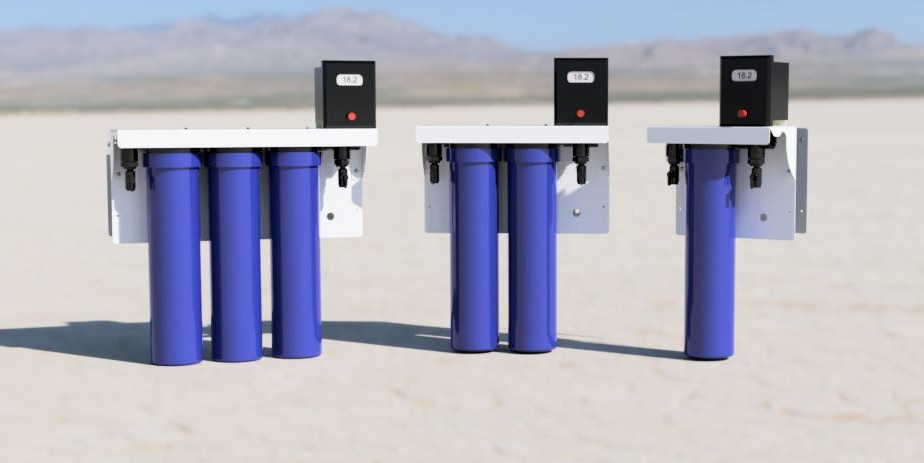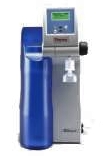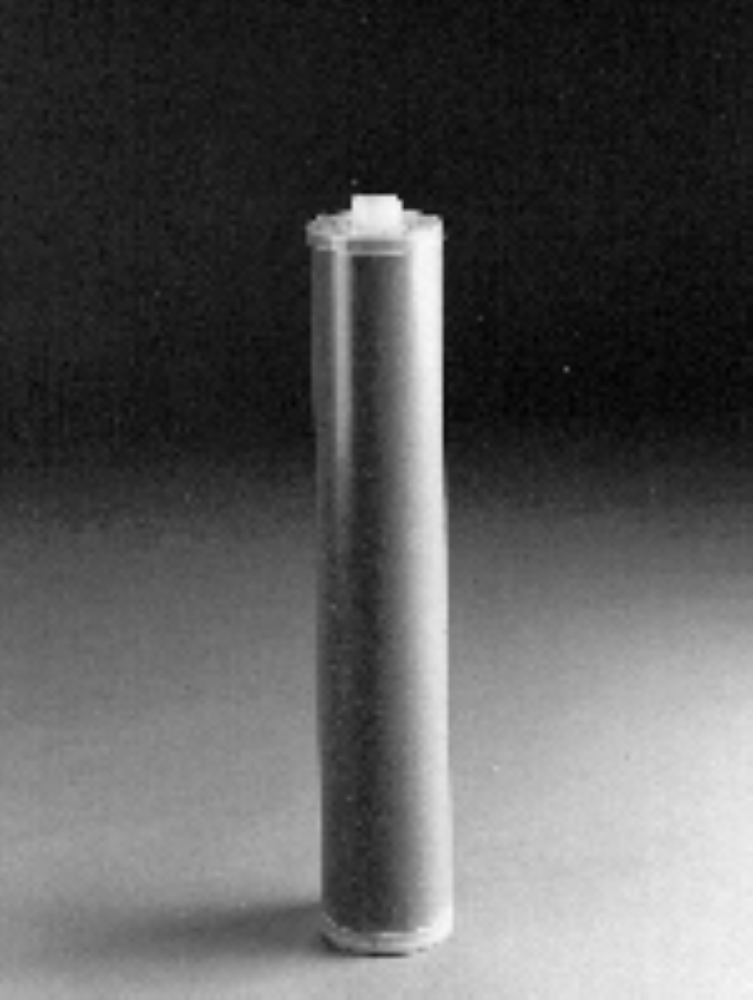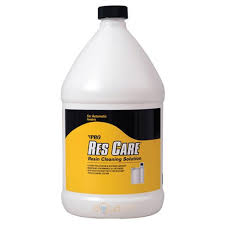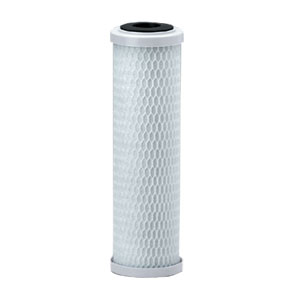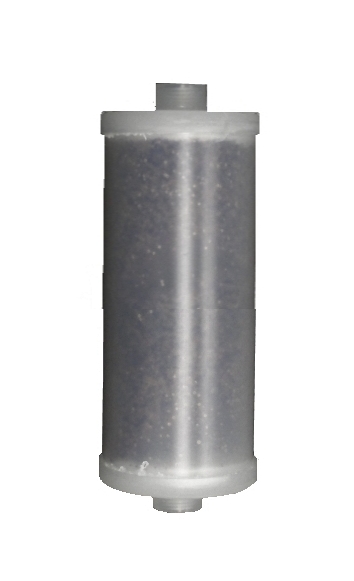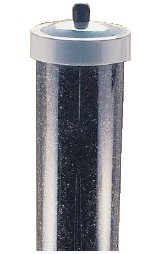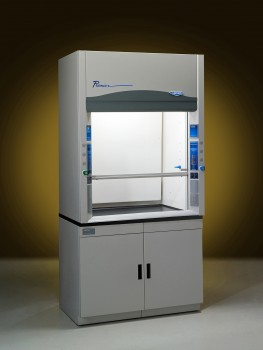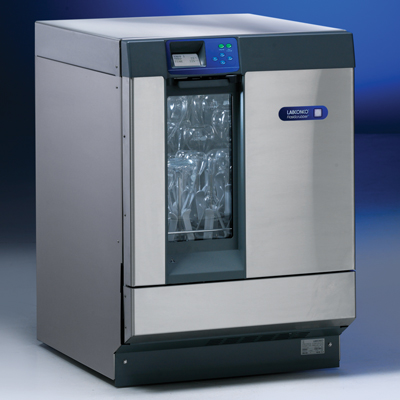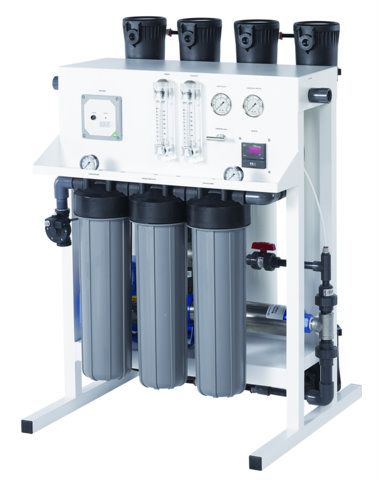5 Basic Naturally Found Groups of Contaminants in Water
5 Basic Naturally Found Groups of Contaminants in Water
Dissolved Ionized Solids and GasesWater that has contact with rocks and the earth’s minerals, such as calcium carbonate, calcium magnesium carbonate, and sodium chloride, it can affect the water’s hardness, conductivity, alkalinity, and pH.How to Test for Dissolved Ionized Solids and Gases; a resistivity/conductivity meter can be used continuously in order to determine the Total Dissolved Solids. The levels of CO2 can usually be determined after pH, alkalinity, and temperature are known through test results. Dissolved Non-Ionized Solids and GasesThis comes from water that is exposed to ecological contaminants like, leaves, fish, and other organisms, also including organic chemicals made by man. Ecological contaminants tend to appear in colloid suspensions; this can make it more complicated to remove and tend to be the source of dysfunctional water purification equipment.How to Test for Dissolved Non-Ionized Solids and Gases; ultraviolet oxidation and/or persulfate oxidation which then would be followed by infrared detection, can usually determine organics which is the largest class of non-ionized solids. ParticulatesParticulates are visible and at times invisible through the naked eye, it can be much easier to detect by the naked eye or not at all by the naked eye if they are submicron matter. Things like dirt, sand, silt, and debris from plumbing will fall into this category.How to Test for Particulates; using standard methods to test turbidity, analyze suspended solids, or measure the silt density index are ways to test water for particulates. MicrobialAll types of water may contain many classes of bacteria and viruses. To purify water, most municipal purification processes will use chlorine to decrease the amount of micro-organisms. Chlorine tends to be the first water contaminant to be removed by purification systems, so the presence of bacteria is prone to cause difficulties in operation in stored, non-circulated or circulated pure water.How to Test for Microbials; depending on the certain application, different kinds of membrane filtration methods or heterotrophic plate counts can determine the bacteria levels in water. PyrogensLipopolysaccharides, is one word to describe the bacterial degradation byproducts that can cause fever in humans if trace amounts of Pyrogens is found in blood stream.How to Test for Pyrogens; different types of Limulus Amebocyte Lysate tests will interact with Lipopolysaccharides which will determine whether the water has levels of Pyrogens in it. |

